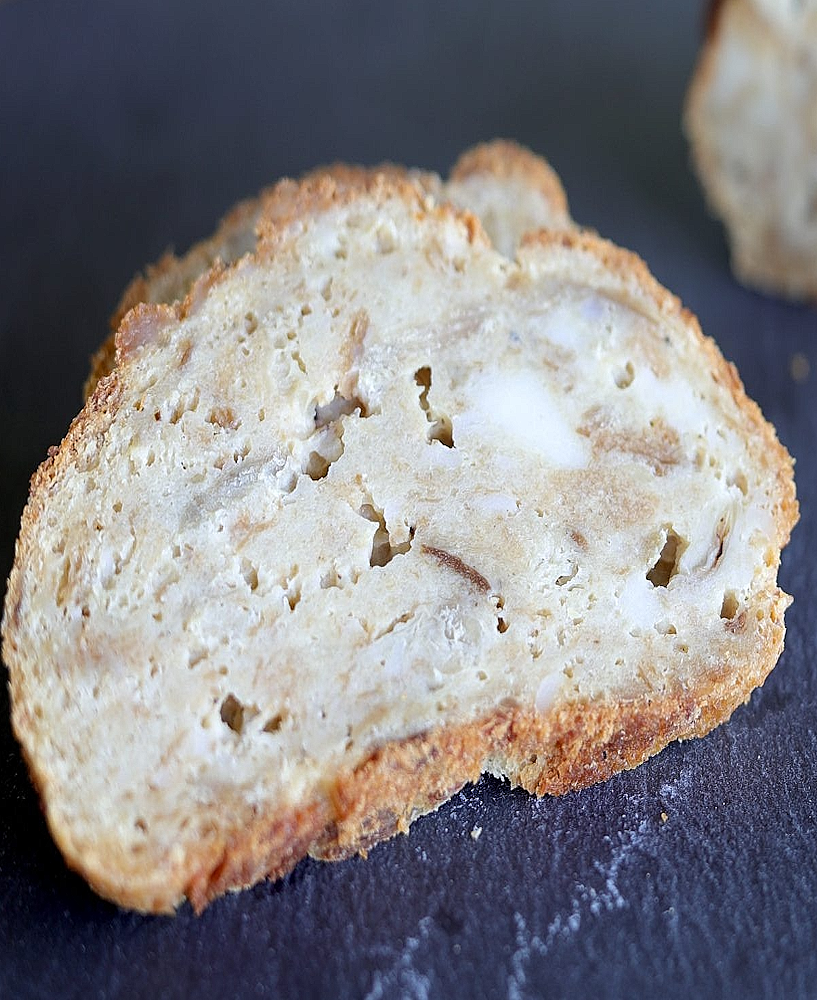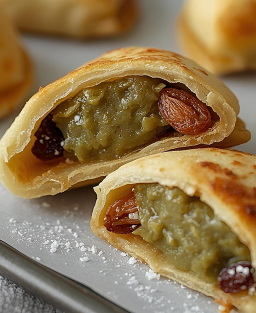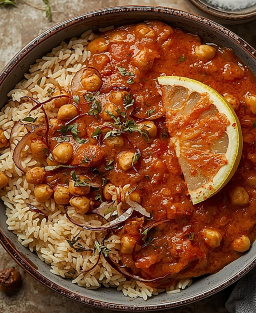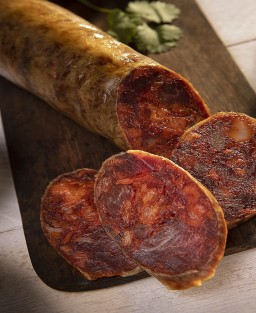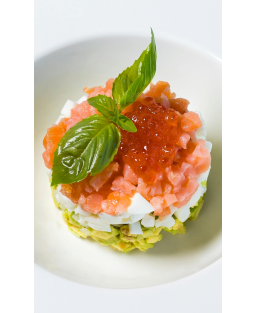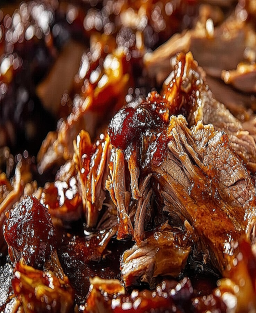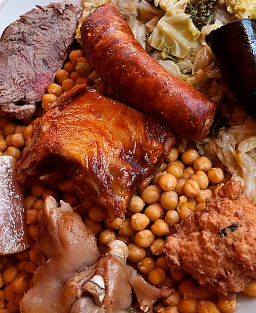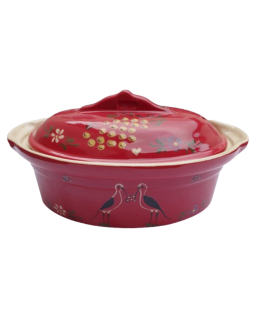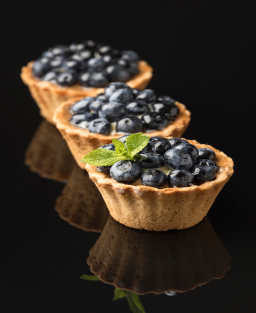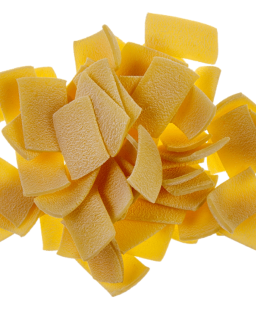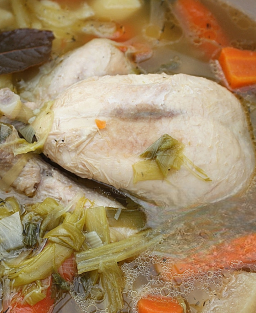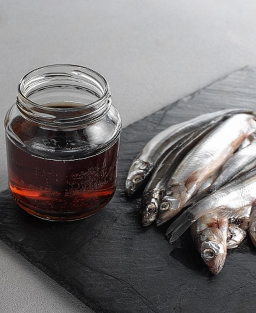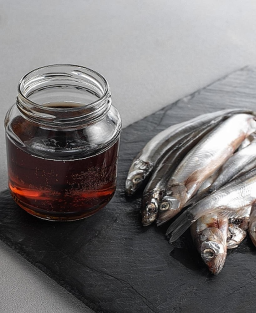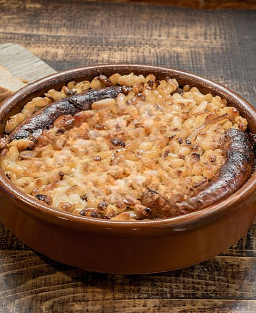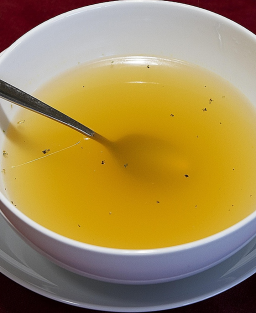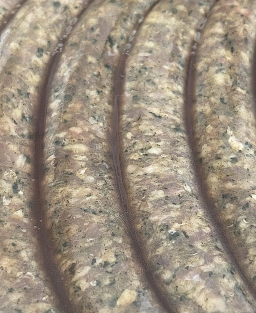Bougnette Recipe – Artisan Charcuterie from the Haut-Languedoc, Pork, Herbs and Spices, Traditional Golden Preparation
Bougnette Recipe – Artisan Charcuterie from the Haut-Languedoc, Pork, Herbs and Spices, Traditional Golden Preparation
Programming Table: UNOX, Rational, Domestic Oven
Country / Region
-
Country: France
-
Region: Occitanie / Haut-Languedoc
-
Official Status: None
-
Recipe Inventor: Oral transmission
-
Specifications: No
-
Certification Body: None
History
Bougnette – Charcuterie Specialty from the Haut-Languedoc
The bougnette is a traditional charcuterie emblematic of the Haut-Languedoc, particularly from the Monts de Lacaune, in the Tarn. It is mainly composed of pork – belly and neck – mixed with bread crumbs, eggs, aromatic herbs, and a careful blend of local spices. Everything is then wrapped in a pork crépine, ensuring both tenderness and cooking stability. The preparation is plunged into boiling fat until it achieves a golden color and a unique texture: a tender and juicy center wrapped in a delicately crispy thin crust.
Tasting
Bougnette can be enjoyed in different ways, offering varied taste experiences:
-
Cold: thinly sliced, served as a starter or appetizer, accompanied by fresh bread or pickles.
-
Hot: lightly pan-fried or grilled, revealing its full aromatic richness and offering a particularly appreciated contrast of textures.
-
Dried: transforms into travel charcuterie or gourmet snack, ideal for picnics, local markets, or takeaway.
It is especially highlighted during the Pig Festival in Saint-Pons-de-Thomières, celebrated every February. This event brings the community together around ancestral charcuterie know-how and local culinary traditions.
Origin and History
Bougnette is an ancient culinary tradition dating back to the Middle Ages, prepared to preserve pork throughout the winter in rural areas. It appears in historical documents related to local customs from the 13th century, notably in the archives of the Commandery of Saint-André de Gaillac, demonstrating its role in rural traditions and community celebrations.
Over the centuries, the recipe evolved: the addition of aromatic herbs and local spices, along with the cooking technique in boiling fat until a golden crust is achieved, improved texture and flavor, combining a soft interior with a fine, crispy crust.
Emblematic bougnette recipes are still offered by local charcutiers such as Charcuterie Millas, Charcuterie d’Hérépian, or Salaisons de Lacaune, each adding their personal touch in proportions, seasonings, and herbs used.
Gastronomic Heritage
Bougnette is an integral part of Occitan and Haut-Languedoc gastronomic heritage, alongside other local specialties such as melsat, fresinat, or reponchon. It illustrates the richness of charcuterie know-how, the skillful use of herbs and spices, and the valorization of pork in mountain cuisine.
It is as much a culinary symbol as a living testimony of local traditions, perpetuating a link between history, terroir, and gastronomy. Bougnette is thus more than charcuterie: it is a true cultural and gastronomic emblem of the region.
-
Emblematic recipes by: Charcuterie Millas, Charcuterie d’Hérépian, Salaisons de Lacaune, each contributing their own touch (proportions and seasonings).
Local Anecdotes
-
In some families of the Monts de Lacaune, bougnette was prepared on St. Anthony’s Day, patron saint of charcutiers, and considered a symbol of prosperity for the coming year.
-
Elders recall that children used to help fill the crépine with meat and bread crumbs, turning the preparation into a true family event.
-
Some local legends claim that the most flavorful bougnettes came from charcutiers who added a pinch of wild thyme harvested in the mountains at sunrise, ensuring a unique and inimitable taste.
Recipe Description
-
Small artisan sausage of pork, bread crumbs, eggs, and aromatic herbs.
-
Wrapped in a crépine, golden in fat or baked in the oven.
-
Texture: tender, thin and crispy crust.
Sanitary and Hygiene Aspects
-
Fresh meats stored at 0–4 °C before processing.
-
Pork crépine cleaned and stored according to French sanitary standards.
-
Work surfaces disinfected, knives and grinders cleaned between each use.
-
Cook to core ≥ 72 °C to destroy pathogenic bacteria (e.g., Salmonella, Listeria).
-
Maintain cold chain for storage after cooking.
-
Packaging: in food film or airtight container for storage ≤ 5 °C.
Ingredients
| Ingredient Name | Quantity | Approx. Weight (g) |
|---|---|---|
| Pork (belly/neck) | 500 g | 500 |
| Bread crumbs | 100 g | 100 |
| Eggs | 2 | 100 |
| Fresh parsley | 15 g | 15 |
| Garlic | 1 clove | 5 |
| Salt | 10 g | 10 |
| Black pepper | 2 g | 2 |
| Pork crépinette | as needed | 50 |
| Spices (sweet paprika, nutmeg) | 2 g | 2 |
Note: Some herbs or spices may vary by artisan. Check origin for authenticity.
Preparation Method
a. Bougnette – Charcuterie Specialty from the Haut-Languedoc
Bougnette consists of pork (belly and neck), bread crumbs soaked in milk, eggs, aromatic herbs, and local spices, all wrapped in a pork crépine. Cooking is done either by frying or baking until core temperature reaches ≥ 72 °C, ensuring food safety and optimal texture.
Ingredients (for 10 bougnettes, 8–10 cm)
| Ingredients | Quantity | Technical Notes |
|---|---|---|
| Pork (belly and neck) | 1 kg | Grind using 6–8 mm plate, keep cold (0–4 °C) |
| Bread crumbs | 200 g | Soak in 150 ml milk before mixing |
| Eggs | 2 units | To bind the mixture |
| Salt | 20 g | Adjust to taste |
| Pepper | 5 g | Freshly ground for best aroma |
| Garlic | 2 cloves, finely chopped | Optional, adjust to taste |
| Aromatic herbs (thyme, parsley, savory) | 5–10 g each | Preferably fresh, finely chopped |
| Pork crépinage | 10 strips | Wrap each bougnette carefully |
| Fat for cooking | Sufficient for frying or oven | Monitor temperature and food safety |
Recommended Equipment
-
Meat grinder (6–8 mm plate)
-
Stainless steel work surface and disinfected utensils
-
Probe thermometer for core temperature control
-
Fryer or frying container
-
Professional oven for gentle cooking (deep pan, convection)
Preparation Steps
-
Meat Grinding
-
Grind pork with 6–8 mm plate.
-
Keep meat at 0–4 °C to preserve texture and safety.
-
-
Mixture Preparation
-
Mix ground meat with soaked bread crumbs, eggs, salt, pepper, garlic, and herbs.
-
Homogenize to obtain a smooth, well-bound mixture.
-
-
Shaping and Wrapping
-
Form bougnettes of 8–10 cm.
-
Wrap each bougnette in the crépine, slightly tightening to ensure cooking integrity.
-
-
Cooking
-
Frying: immerse bougnettes in boiling fat (~175–180 °C) until golden and core temperature ≥ 72 °C.
-
Oven: place in deep pan, bake at 180 °C gentle convection for 40–45 min, check core temperature ≥ 72 °C.
-
-
Rest After Cooking
-
Let rest 10–15 minutes outside oven or fryer to stabilize juices.
-
-
Slicing and Serving
-
Cold consumption: slice into 5–7 mm rounds for appetizer or starter.
-
Hot consumption: serve whole or lightly pan-fried for golden crust and tender center.
-
Tasting and Culinary Uses
-
Cold: starter or appetizer with fresh bread, pickles, or chutney.
-
Hot: pan-fried or grilled, contrast of golden crust / tender interior.
-
Dried: ideal for picnics, markets, or take-away charcuterie.
Highlighted during the Pig Festival in Saint-Pons-de-Thomières, every February.
Cooking Programming (Prepared Dish)
| Element | UNOX (CHEFTOP / BAKERLUX) | RATIONAL (iCombi Pro / SelfCookingCenter) | Standard Oven |
|---|---|---|---|
| Program Name | Gentle Convection | Dry Heat + Light Steam 10–15 % | Static Heat |
| Cooking Type | Manual | Manual / My Programs | Manual |
| Temperature | 180 °C | 180 °C | 180 °C |
| Ventilation / Air Flow | Speed 1–2 | Automatic | No forced ventilation |
| Humidity / Steam | 0–15 % | 10–15 % steam then 0 % | No steam |
| Duration | 40–45 min | 40–45 min | 40–50 min |
| Core Probe | Optional 72–75 °C | Optional 72–75 °C | Not available |
| Rest | 10–15 min | 10–15 min | 10–15 min |
Notes: monitor browning and avoid frequent oven opening.
Tips and Advice
-
Serve hot or cold as preferred.
-
Add chili or nuts for local variations.
-
Do not tighten crépine too much to avoid bursting.
-
Storage: 4–5 days in fridge, can be frozen for up to 1 month.
Service
-
Presentation: wooden board or deep plate.
-
Classic accompaniments: green salad, country bread, mild mustard, pickles.
Recommended Wines and Beverages
-
Light red wine from Languedoc (Faugères, Minervois).
-
Local craft beer or sweet cider for contrast.
-
Aperitif: cold slices with dry white wine, e.g., Gaillac.







